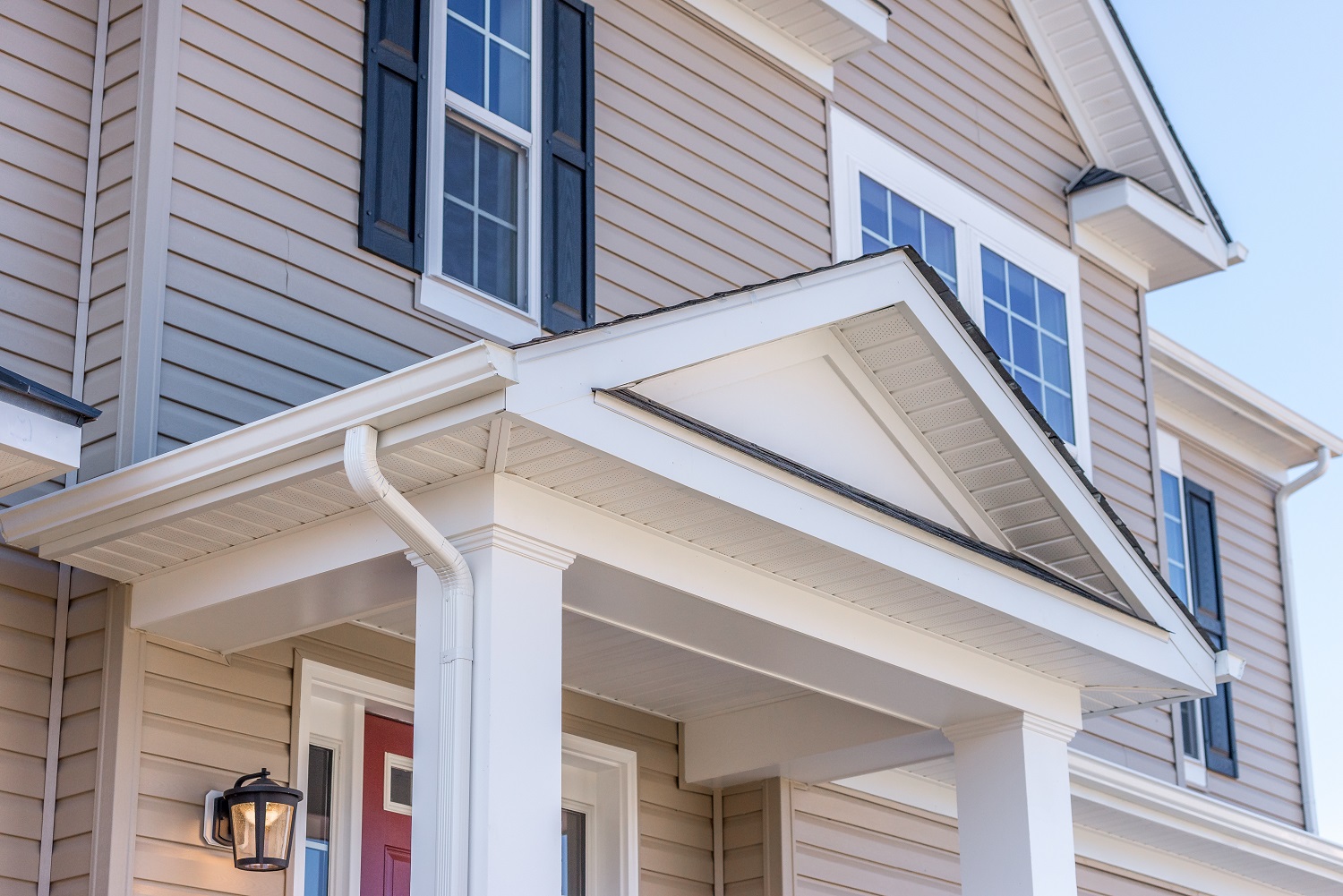
Wood siding has long been a popular choice for homeowners looking to enhance the beauty and durability of their homes. Its timeless appeal and natural charm make it a top choice among exterior siding options. Wood siding not only provides a warm and inviting aesthetic but also offers numerous advantages that set it apart from other materials. Whether you’re considering a home renovation or building a new house, understanding the benefits of wood siding is crucial in making an informed decision.
Advantages of Wood Siding
Wood siding boasts a plethora of advantages, making it a preferred choice for homeowners worldwide. One of its primary benefits is its exceptional insulation properties. Wood naturally insulates homes, helping to regulate interior temperatures and reduce energy consumption. This insulation feature not only promotes a comfortable living environment but also helps to lower utility bills.
Another advantage of wood siding is its ability to withstand the test of time. When properly maintained, wood siding can last for decades, making it a durable and cost-effective option. Additionally, wood siding is highly resistant to extreme weather conditions such as heavy rain, strong winds, and even hail. Its natural strength and durability make it an ideal choice for homeowners in areas prone to severe weather.
Furthermore, wood siding offers unmatched versatility in terms of design and customization. With various wood species, finishes, and textures available, homeowners can achieve a unique and personalized look for their homes. Whether you prefer a rustic, traditional, or modern aesthetic, wood siding can be tailored to suit your style and preferences.
Types of Wood Siding
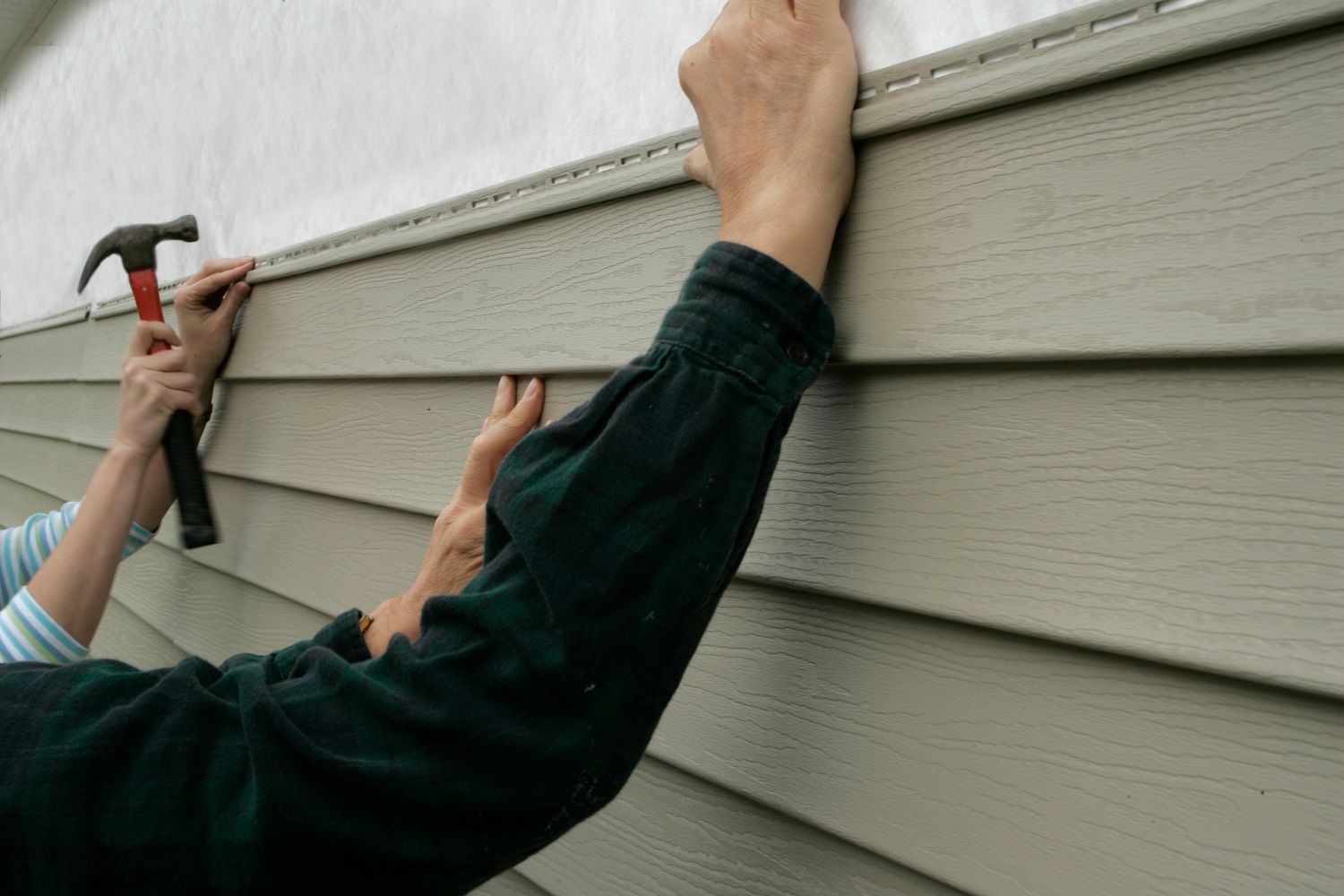
Wood siding comes in a wide range of types, each offering its own unique characteristics and visual appeal. One popular choice is clapboard siding, also known as bevel siding, which features overlapping horizontal boards. This type of siding creates a classic and timeless look, perfect for traditional and colonial-style homes.
Another popular option is shingle siding, which uses individual wooden shingles to cover the exterior of the house. Shingle siding adds depth and texture to the home’s facade, creating an elegant and sophisticated appearance. This type of siding is commonly used in coastal and cottage-style homes.
For those seeking a more contemporary look, board and batten siding is an excellent choice. This siding style consists of wide vertical boards with narrower battens covering the seams. Board and batten siding offers a clean and modern aesthetic, making it a popular option for modern and minimalist homes.
Maintaining Wood Siding
Proper maintenance is essential to ensure the longevity and beauty of wood siding. Regular cleaning and inspection are necessary to prevent the buildup of dirt, mold, and mildew. Washing the siding with a mild detergent and a soft brush can effectively remove any accumulated grime.
To protect the wood from moisture and rot, it is crucial to apply a high-quality finish or stain. This will not only enhance the natural beauty of the wood but also act as a barrier against the elements. Regularly inspecting the siding for any signs of damage, such as cracks or rot, and promptly addressing them can help prevent further deterioration.
Comparing Wood Siding to Other Exterior Siding Options
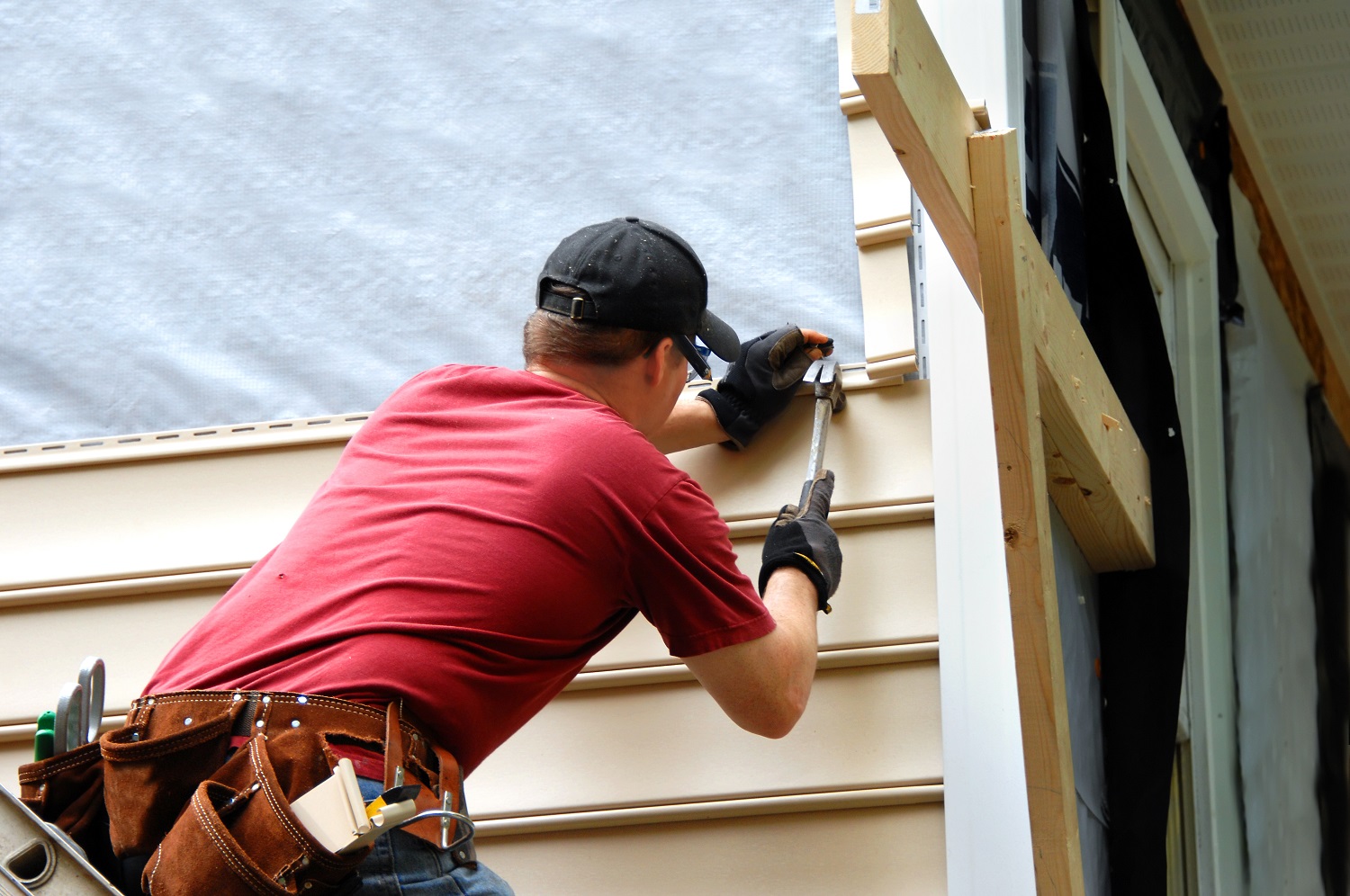
While wood siding offers numerous advantages, it is essential to consider other exterior siding options to make an informed decision. One commonly compared option is vinyl siding, which is known for its low maintenance requirements and affordability. However, vinyl siding lacks the natural appeal and authenticity of wood siding, often resulting in a less visually appealing home exterior.
Another alternative is fiber cement siding, which combines the durability of cement with the visual appeal of wood. Fiber cement siding is highly resistant to fire, insects, and rot, making it a popular choice among homeowners concerned with longevity and maintenance. However, it may not offer the same natural warmth and aesthetic charm as wood siding.
The Popularity of Wood Siding in Oakland, CA
Wood siding remains a popular choice for homes in Oakland, CA, thanks to its natural beauty, versatility, and traditional appeal. Here are some key reasons for its popularity in the area:
- Aesthetic Appeal: Wood siding offers a timeless, classic look that adds warmth and character to homes. It’s particularly well-suited to the varied architectural styles found in Oakland, from Victorian and Craftsman homes to contemporary designs.
- Natural Material: Many homeowners in Oakland appreciate the natural, organic quality of wood. It fits well with the environmentally conscious ethos of the Bay Area, offering a sustainable option, especially if sourced from responsibly managed forests.
- Customization and Versatility: Wood siding can be painted or stained in an array of colors, allowing homeowners to customize their homes’ exteriors according to their preferences. This versatility makes it easy to update or change the look of a home without replacing the siding.
- Compatibility with Oakland’s Climate: The moderate Mediterranean climate of Oakland is generally favorable for wood siding. When properly maintained, wood can withstand the area’s wet winters and dry summers.
- Insulation Properties: Wood naturally provides good insulation, helping to keep homes warm in the winter and cool in the summer. This can lead to energy savings and improved comfort.
- Resale Value: Homes with wood siding often have a higher curb appeal, which can translate into better resale value. This is particularly true in areas like Oakland where there’s an appreciation for classic and high-quality building materials.
However, it’s important to note that wood siding requires regular maintenance to prevent issues like rot, warping, and termite damage. Homeowners must be prepared to invest in periodic painting or staining and general upkeep. Despite these maintenance needs, the aesthetic and functional benefits continue to make wood siding a sought-after choice in Oakland’s housing market.
Choosing the Right Wood Siding for Your Home
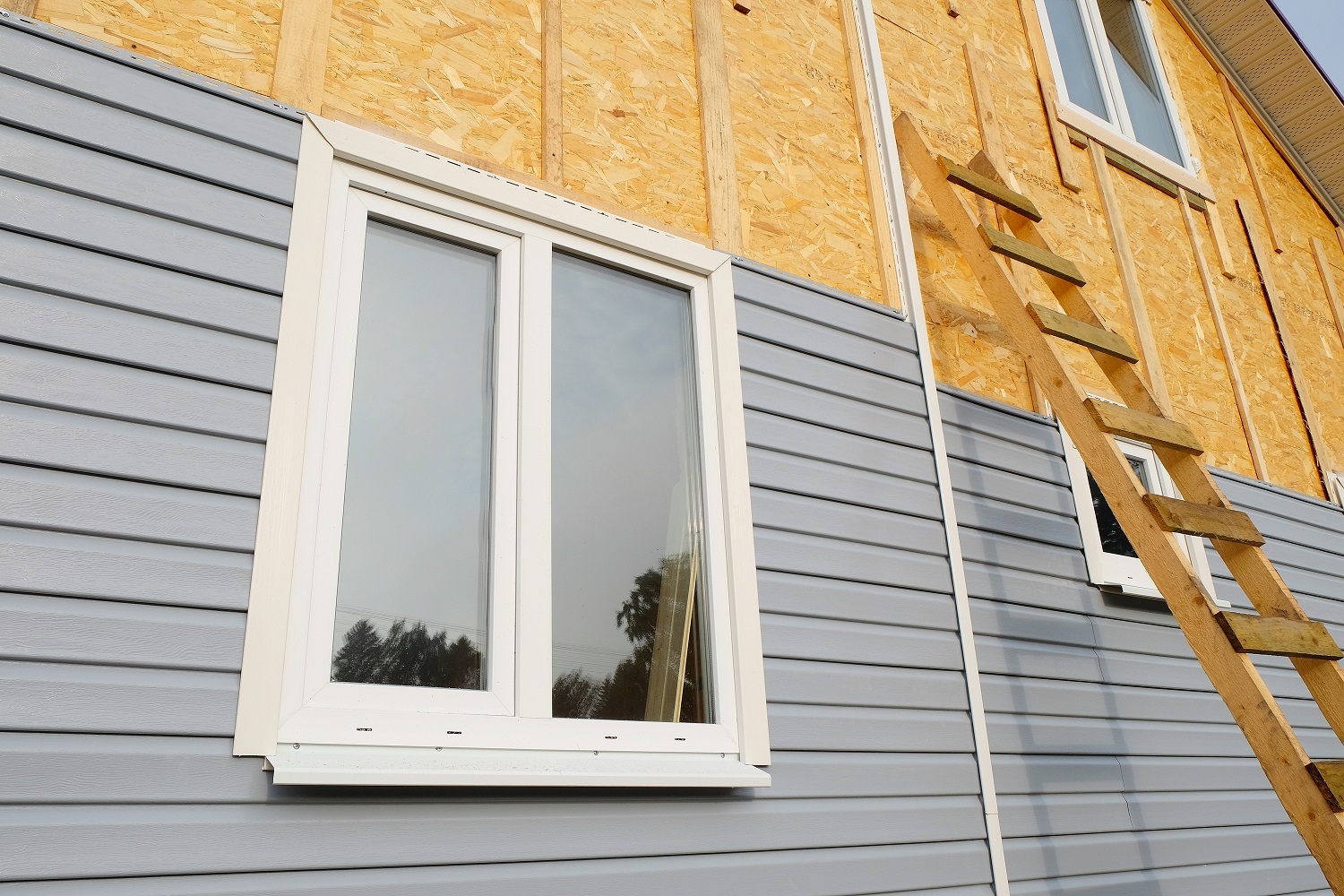
When choosing wood siding for your home, carefully considering various factors is crucial to ensure both aesthetic appeal and longevity. Here’s a breakdown of the key aspects to consider:
- Type of Wood Species: The choice of wood species is fundamental as different types offer varying degrees of durability, resistance to weather, and pest infestations. For example:
- Cedar and Redwood: These species are favored for their natural resistance to rot and insects. This makes them a durable choice, often requiring less maintenance compared to other types.
- Pine and Spruce: These are more budget-friendly options. However, they generally demand more upkeep due to their lower natural resistance to weather and pests. These species might need frequent treatments to maintain their condition and appearance.
- Desired Finish or Stain: The finish or stain you choose for your wood siding is not just about aesthetics; it plays a significant role in protecting the wood from environmental elements.
- Clear Finishes: These finishes are designed to preserve the natural color and grain of the wood, showcasing its inherent beauty. They are ideal for those who prefer a more natural and organic look.
- Semi-transparent and Solid Stains: These provide varying levels of color and opacity. Semi-transparent stains allow some of the wood grain to show through while adding a tint of color, offering a balance between natural aesthetics and personalized style. Solid stains, on the other hand, offer a more opaque finish, covering most of the natural grain, and are available in a wider range of colors. This can be beneficial for achieving specific design themes or for more uniform coverage.
Selecting the right wood siding involves balancing factors like the wood’s natural properties (including durability and pest resistance) and the desired aesthetic outcome through various finishes or stains. Understanding these elements will guide you in making an informed decision that aligns with your home’s style and your maintenance preferences.
Hiring a Professional for Wood Siding Installation
Proper installation is vital to ensure the long-term performance and beauty of wood siding.Hiring a professional for wood siding installation is a crucial decision that can significantly impact the siding’s longevity, functionality, and aesthetic appeal. Here are the key reasons why enlisting a professional siding contractor is advisable:
Expert Installation: Professional contractors possess the necessary skills and expertise for correct installation. Wood siding needs precise installation techniques to align perfectly and function as intended. A professional knows how to handle the nuances of different wood types and installation environments.
- Proper Fastening and Sealing: An experienced contractor will ensure that the siding is fastened securely and sealed appropriately. This is vital to prevent the wood from shifting or becoming loose over time. Proper sealing is also crucial to protect the siding from moisture, which can lead to warping, rot, or mold if not addressed correctly.
- Moisture Management: Professionals are knowledgeable in handling moisture barriers and proper ventilation practices. They can implement strategies to protect the siding from moisture-related damage, a key concern in wood siding due to its susceptibility to water damage.
- Preventing Long-term Issues: Incorrect installation can lead to long-term problems like warping, rot, and mold, as mentioned. A professional installer will take steps to mitigate these risks, ensuring that the siding remains durable and aesthetically pleasing for years to come.
- Advice on Material Choice and Maintenance: In addition to installation, a professional can provide valuable advice on the best type of wood siding for your specific climate and home style. They can also offer tips on maintenance practices to prolong the life of your siding.
- Compliance with Local Building Codes: A professional contractor will be familiar with local building codes and regulations, ensuring that the installation complies with all necessary legal standards.
- Warranty and Liability: Professional installations often come with warranties, providing you with protection and peace of mind. Additionally, reputable contractors carry liability insurance, which can protect homeowners in case of accidents or damage during installation.
In summary, while DIY installation might be tempting, the complexity and importance of properly installing wood siding make it a task best left to professionals. Their expertise not only ensures the siding is installed correctly but also helps in avoiding costly repairs and maintenance issues in the future.
Wood Siding Trends and Innovations
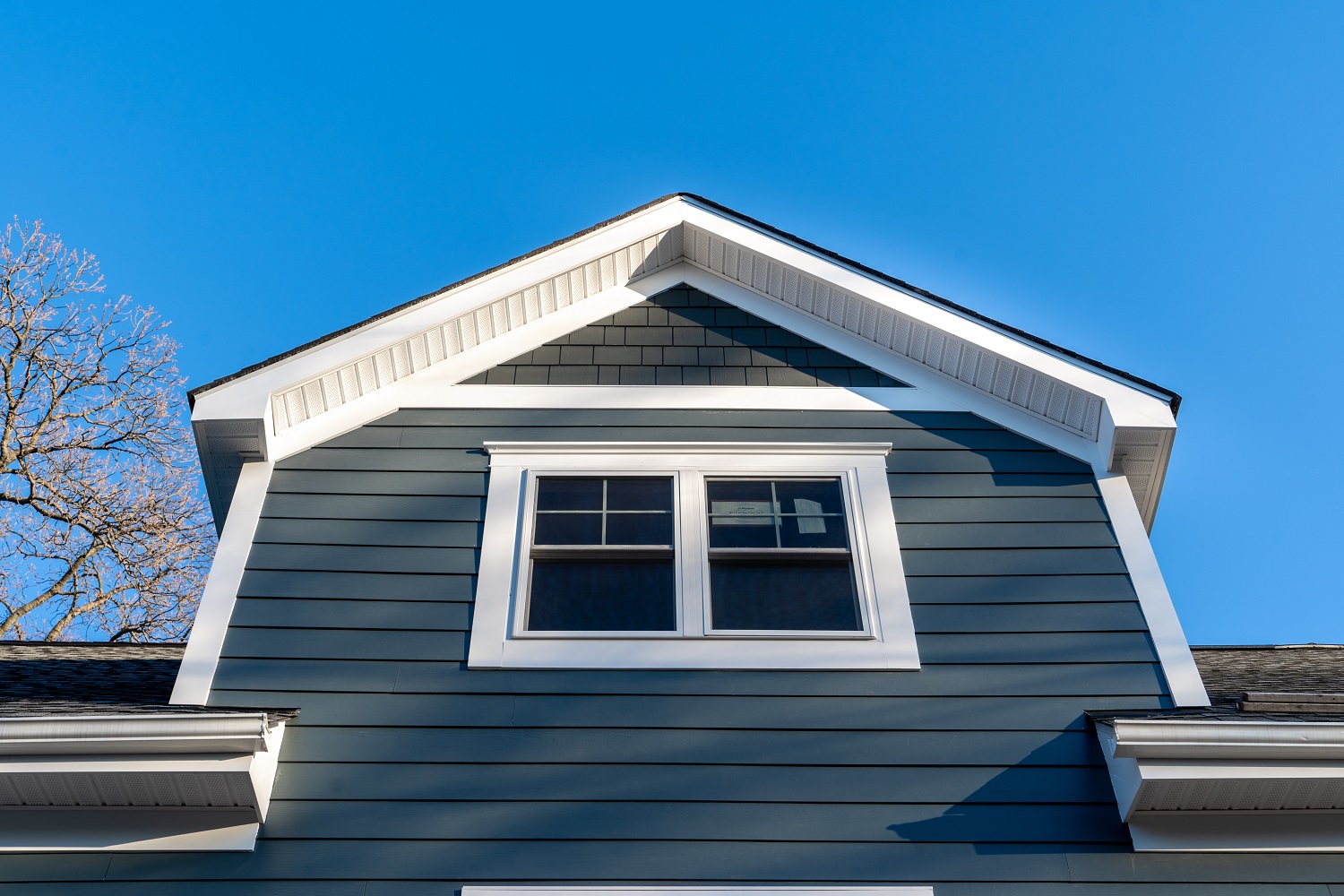
Wood siding continues to evolve, blending traditional appeal with modern innovation. This evolution is evident in two key trends that are gaining popularity in the market:
- Reclaimed Wood Siding: This trend is driven by both aesthetic preferences and environmental consciousness. Reclaimed wood siding comes from old buildings, barns, and other structures, and it’s repurposed for new construction or remodeling projects. The benefits of this approach include:
- Unique Aesthetic: Reclaimed wood provides a distinct, weathered look that adds character and rustic charm to homes. Its unique patina, which develops over years, is impossible to replicate artificially.
- Eco-Friendly: Using reclaimed wood is an environmentally responsible choice. It reduces the demand for new timber, thereby contributing to forest conservation. This aspect is particularly appealing to homeowners who are conscious about their environmental footprint.
- Historical Connection: Reclaimed wood often has a history, which can be a talking point and add a sense of heritage and depth to a home.
- Engineered Wood Siding: This is a significant innovation in the realm of wood siding. Engineered wood siding is manufactured by combining wood fibers with resins and additives, creating a product that enhances the positive attributes of traditional wood while minimizing its drawbacks. The advantages include:
- Durability: Engineered wood is designed to be more resistant to rot, insects, and warping, addressing some of the common concerns associated with traditional wood siding.
- Low Maintenance: Unlike traditional wood, engineered wood siding requires less maintenance. It doesn’t need frequent staining or sealing, which can be a significant advantage for homeowners looking for a low-upkeep option.
- Real Wood Appearance: Despite being a manufactured product, engineered wood siding successfully mimics the look and feel of real wood, making it an attractive alternative for those who appreciate the natural beauty of wood but desire less maintenance.
- Cost-Effectiveness: Often, engineered wood siding can be more cost-effective than traditional wood, both in terms of initial installation and long-term maintenance costs.
Both reclaimed and engineered wood siding represent the dynamic nature of wood siding trends, catering to diverse homeowner preferences from authentic, rustic aesthetics to modern, low-maintenance solutions. These innovations reshape how wood siding is perceived and used in residential construction and renovation.
Conclusion
Wood siding has stood the test of time and continues to reign supreme among exterior siding options. Its timeless appeal, durability, and versatility make it a top choice for homeowners looking to enhance their homes’ beauty and value. Whether you prefer a traditional, modern, or rustic aesthetic, wood siding can be customized to suit your style and preferences.
By choosing the right wood species, maintaining it properly, and hiring a professional for installation, you can enjoy the many benefits of wood siding. Contact Rhino Orinda Window Replacement & Siding today to explore your wood siding options and transform your home’s exterior into a masterpiece.
